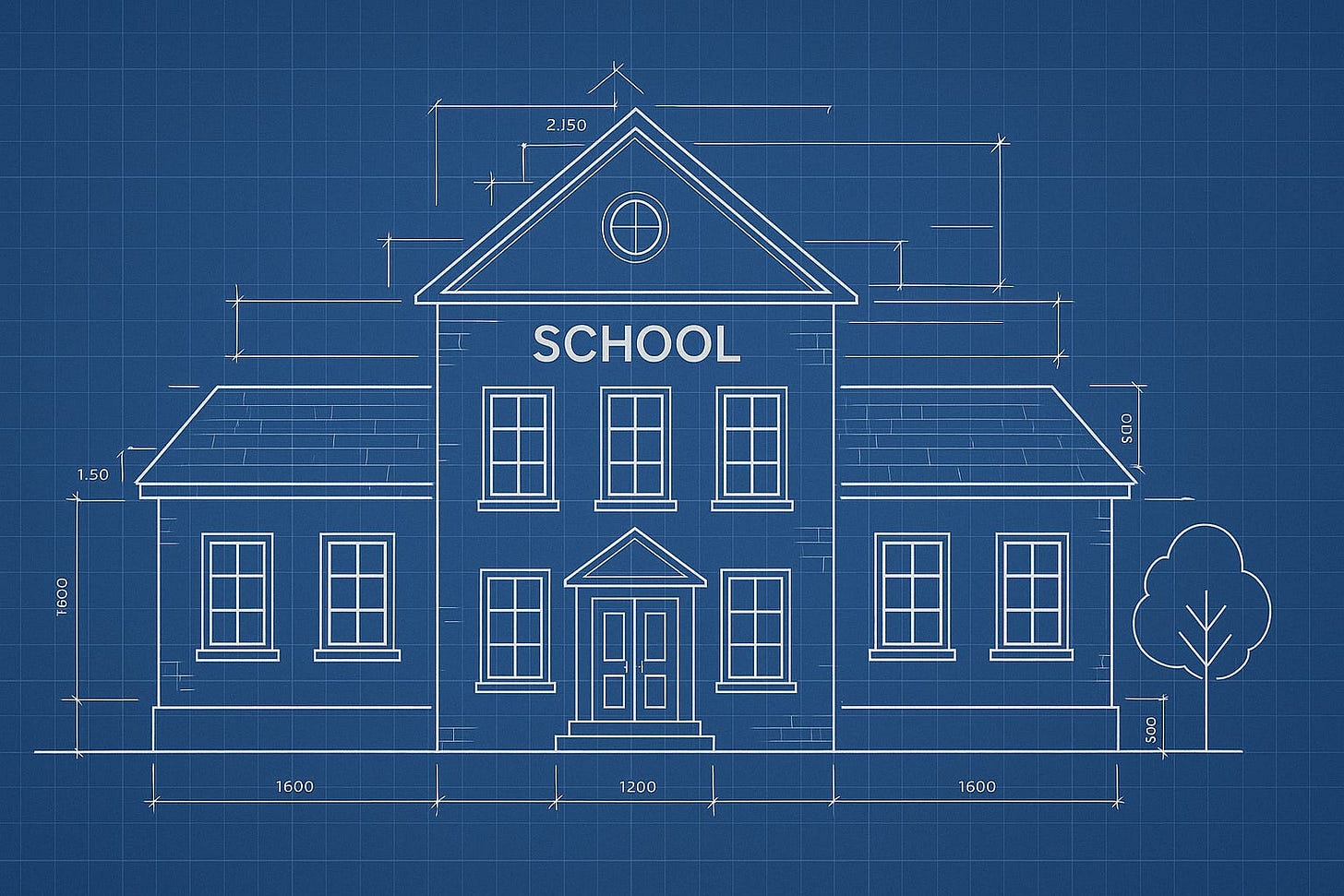This is the second post where I begin to sketch out some of my ideas on school improvement having worked at four very different schools in the UK and Australia. If I write a book on this topic, I will flesh these ideas out a lot more.
However, it is not for me to tell others how to run a school. All contexts are different and require differentiated approaches. Some of what I think works might actually be incidental. I cannot test the effectiveness of any school improvement strategy in the way that I can test the effectiveness of a particular design of instructional materials with a small randomised controlled trial.
In Part 1 of this series, I looked at two heuristics that may be useful to a school leader who is trying to change a school for the better—‘close beats distant’ and ‘avoid inert documents’. I also discussed the importance of behaviour, the value of checklists and the dangers of an overreliance on training.
In this part, I am going to introduce some additional heuristics. They are essentially ‘what I reckon’ based on my experience, but if I were wont to do so, I could make a loose case for some of them based on cognitive science, so I will sketch that out where fitting.
Keep reading with a 7-day free trial
Subscribe to Filling The Pail to keep reading this post and get 7 days of free access to the full post archives.





